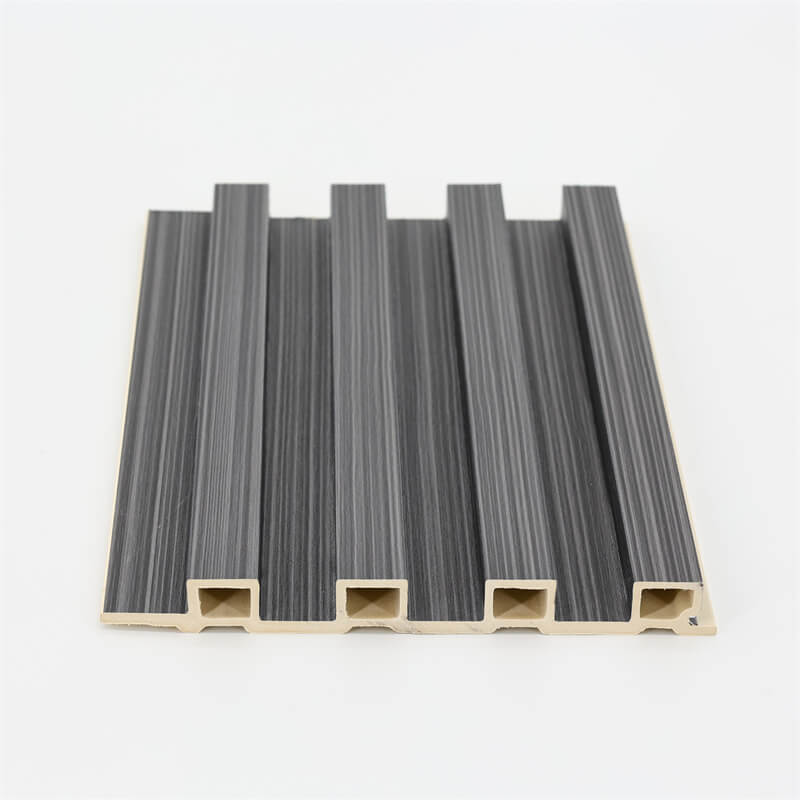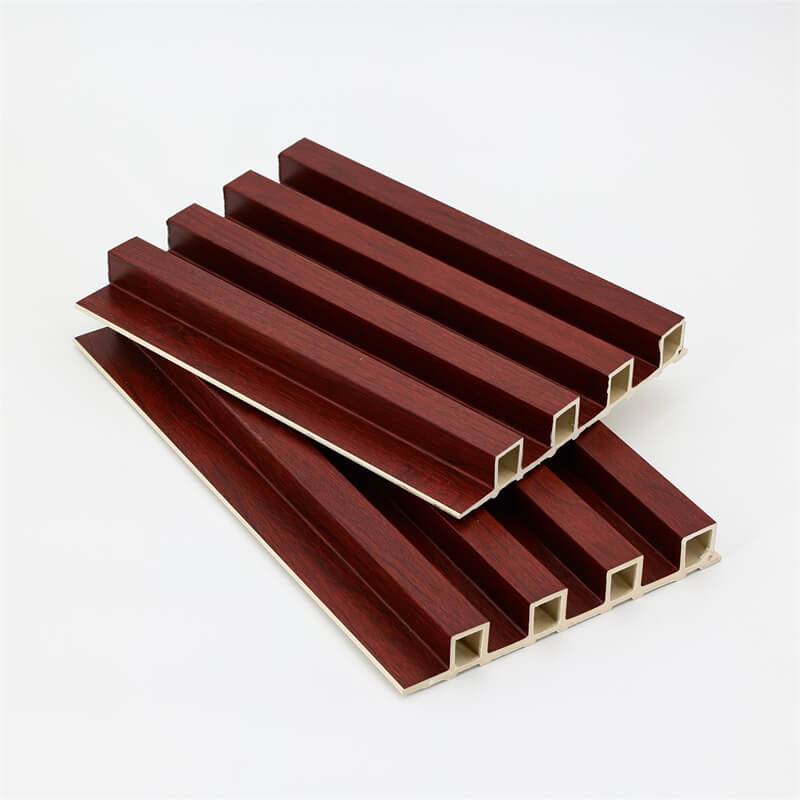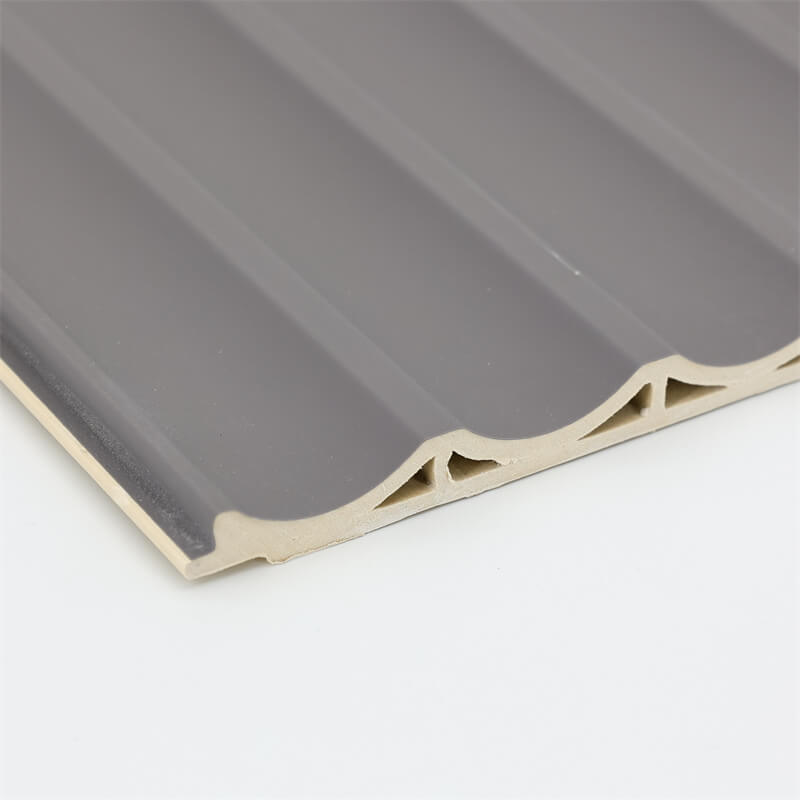
The interior design of our living spaces plays a pivotal role in enhancing our overall well-being and creating an ambiance that reflects our personality and style.
As homeowners and interior enthusiasts, we constantly seek innovative ways to transform our spaces from mundane to marvelous.
One such revolutionary solution that has taken the design world by storm is the use of WPC (Wood-Plastic Composite) wall panels.
These versatile and eco-friendly panels have revolutionized interior design, offering an array of benefits that have swiftly made them a popular choice among architects, designers, and homeowners alike.
In this essay, we will delve into the world of WPC wall panels and explore how they have become the go-to solution for upgrading interiors.
We will examine the composition and manufacturing process of WPC panels, discuss their various advantages over traditional wall materials,
explore their wide range of applications, and conclude with a vision of the future where WPC panels will continue to shape the interiors of tomorrow.
I. The Composition and Manufacturing Process of WPC Wall Panels
WPC wall panels are a remarkable blend of natural wood fibers and thermoplastics, usually combining wood waste and recycled plastics.
The primary components are sourced from sustainable and renewable resources, making WPC panels an eco-friendly alternative to traditional wood and plastic materials.
The manufacturing process involves mixing the wood fibers and plastic materials, followed by shaping them into panels of varying sizes and patterns.
The marriage of wood and plastic in WPC panels results in a material that possesses the natural aesthetics of wood,
such as grain patterns and textures, while also offering the durability and weather resistance of plastic.
This unique composition ensures that WPC panels are resistant to rot, decay, and termite attacks, making them ideal for both indoor and outdoor use.

II. Advantages of WPC Wall Panels over Traditional Wall Materials
- Durability and Longevity: One of the most significant advantages of WPC wall panels is their exceptional durability and longevity. Unlike traditional wood or drywall, WPC panels can withstand high-impact forces, making them less susceptible to dents, scratches, and damage. Moreover, their resistance to moisture and environmental elements ensures that they do not warp or degrade over time, guaranteeing a long-lasting and low-maintenance interior solution.
- Eco-Friendly and Sustainable: With the growing concern for the environment, the use of sustainable materials in interior design has become crucial. WPC wall panels meet these criteria, as they are made from recycled materials and do not contribute to deforestation. By opting for WPC panels, homeowners can reduce their ecological footprint and contribute to the preservation of natural resources.
- Versatility in Design and Aesthetics: WPC wall panels offer a wide range of design possibilities, allowing homeowners to unleash their creativity and give their interiors a unique touch. The panels are available in various colors, textures, and finishes, enabling them to complement any interior style, be it contemporary, traditional, or eclectic. Additionally, WPC panels can be easily molded into different shapes, providing endless design options for architects and designers.
- Easy Installation and Maintenance: Installing WPC wall panels is a hassle-free process, as they can be directly affixed to walls using adhesive or screws. Their lightweight nature simplifies handling, reducing installation time significantly. Furthermore, maintaining WPC panels is effortless, requiring only regular cleaning with a damp cloth to keep them looking fresh and new.
- Enhanced Insulation Properties: WPC panels possess excellent thermal and acoustic insulation properties. They help regulate indoor temperatures by preventing heat loss during winters and heat gain during summers, leading to reduced energy consumption and utility bills. Additionally, their sound-absorbing capabilities contribute to a quieter and more peaceful living environment.

III. The Versatility of WPC Wall Panels: Applications in Interior Design
- Living Spaces: WPC wall panels are an excellent choice for upgrading living rooms, dining areas, and bedrooms. They can serve as striking accent walls, adding depth and character to the space. Whether it’s a rustic wooden finish or a modern geometric pattern, WPC panels effortlessly transform dull walls into focal points of admiration.
- Kitchens and Bathrooms: The moisture-resistant properties of WPC panels make them perfect for kitchen and bathroom applications. These areas are often exposed to high humidity and splashes, making traditional materials vulnerable to damage. WPC panels, on the other hand, remain unaffected by moisture, ensuring a fresh and hygienic environment.
- Commercial Spaces: The versatility and aesthetic appeal of WPC panels extend beyond residential settings into commercial spaces. From trendy cafes to upscale retail stores, WPC wall panels elevate the ambiance, leaving a lasting impression on customers and clients. Their durability also withstands the heavy foot traffic experienced in commercial establishments.
- Hospitality Industry: In the hospitality sector, the guest experience is paramount. WPC wall panels provide an opportunity to create inviting and luxurious interiors that leave a positive impact on guests. From hotels to restaurants, these panels offer design flexibility and durability, making them an ideal choice for such establishments.
IV. A Vision for the Future: WPC Panels in Interior Design
As interior design trends evolve, WPC panels are expected to play an increasingly significant role in shaping the interiors of the future.
With advancements in manufacturing technology, we can anticipate an even broader range of finishes, patterns, and designs, further expanding their application possibilities.
Additionally, as environmental concerns continue to gain momentum, the preference for sustainable materials like WPC panels will become more widespread.
Architects and designers will embrace eco-friendly solutions that combine aesthetics and functionality, ultimately leading to more environmentally conscious interior spaces.
WPC wall panels have ushered in a new era of interior design, offering a host of benefits that make them a superior choice over traditional wall materials.
Their eco-friendly composition, durability, versatility, and ease of installation have made them a go-to solution for upgrading living spaces from drab to fab.
From residential homes to commercial establishments, WPC panels have left an indelible mark on interior design.
As we look towards the future, we can expect WPC panels to continue their trajectory of innovation and popularity.
Their sustainable nature aligns with the growing environmental consciousness of the design industry,
and their adaptability ensures they will remain an indispensable tool for architects and designers striving to create awe-inspiring interiors.
Embracing WPC wall panels is not just a choice; it is a commitment to a more sustainable, aesthetically pleasing, and vibrant future for interior design.
